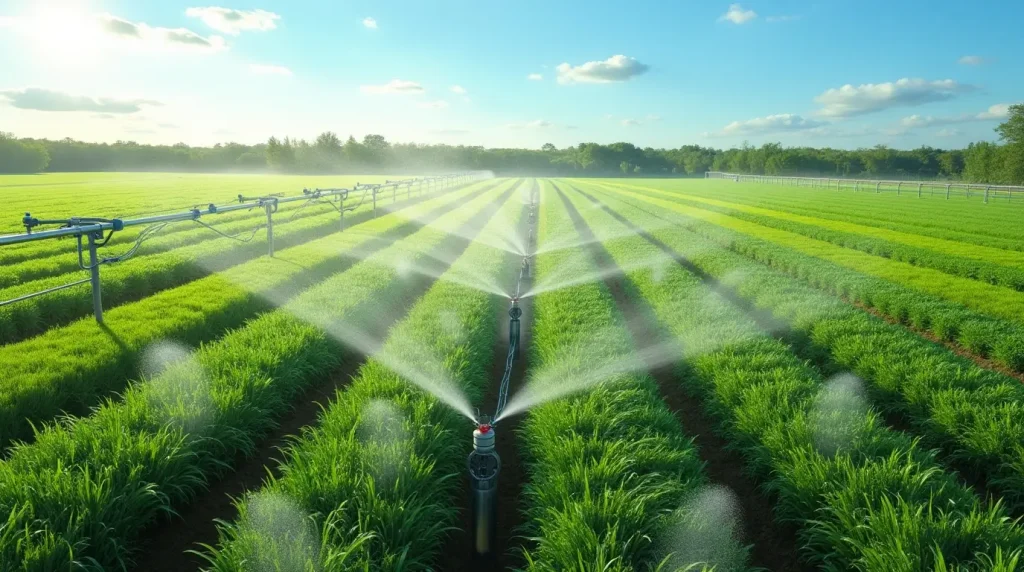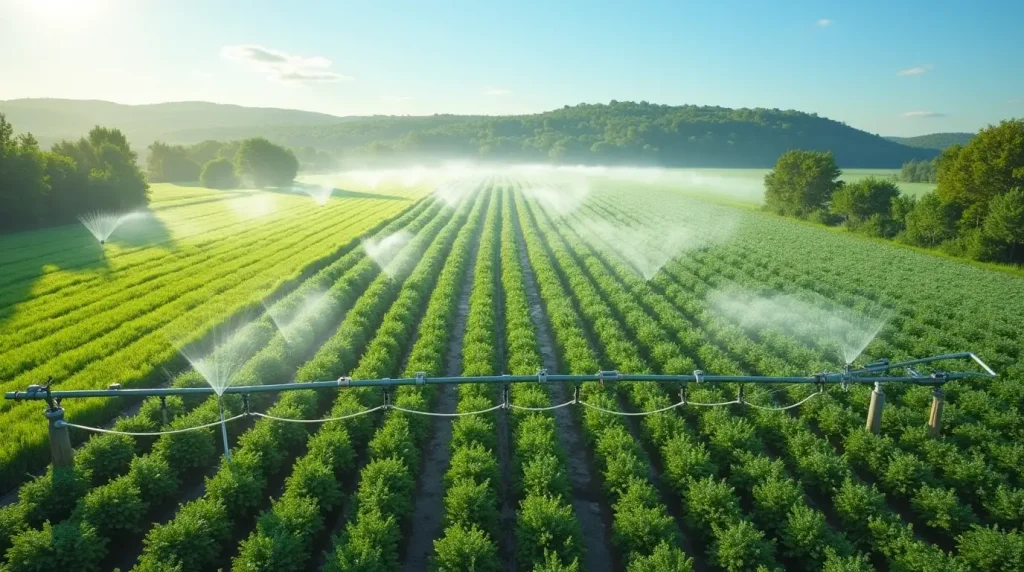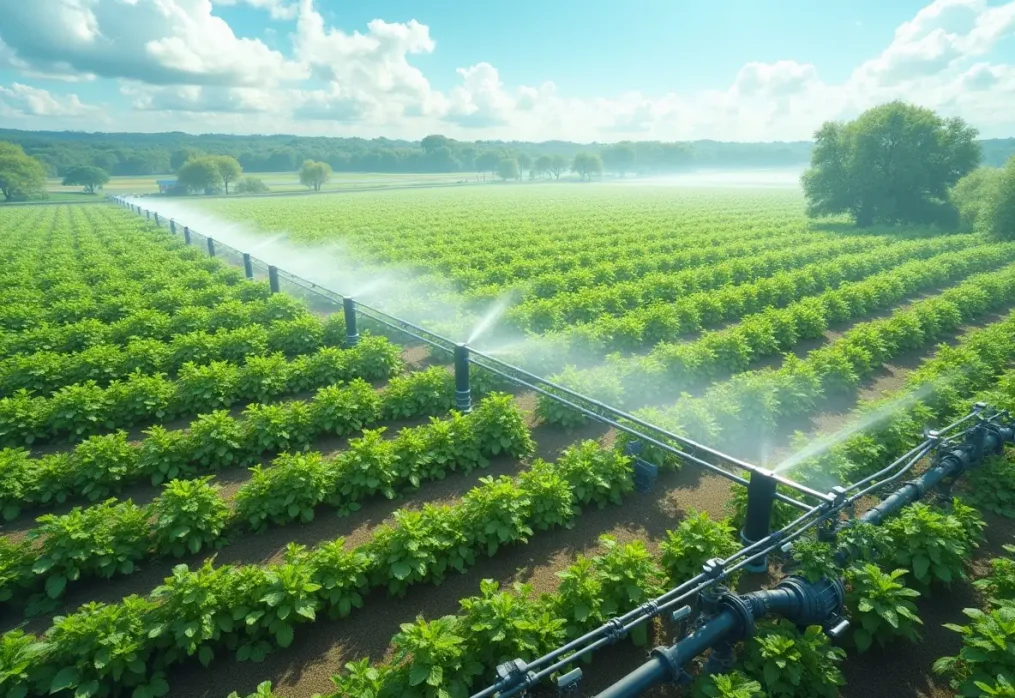What Is Pressurized Irrigation and Why Has It Gained Attention?
Efficient water management is becoming increasingly critical in modern agriculture, especially in regions facing water scarcity. Among the most effective solutions is pressurized irrigation, a method that delivers water to crops under controlled pressure through a network of pipes, valves, filters, and emitters. This system ensures precise and uniform distribution of water to plant roots, significantly reducing waste and improving agricultural productivity.
Understanding Pressurized Irrigation
Pressurized irrigation refers to irrigation systems that use pumps or gravity to move water through a closed pipeline system and deliver it to crops under pressure. This method includes both drip irrigation and sprinkler irrigation, each suited to different crop types, soil conditions, and topographies.
- Drip Irrigation: Delivers water directly to the root zone of plants using drippers or emitters.
- Sprinkler Irrigation: Simulates natural rainfall by spraying water into the air through nozzles.

Why Pressurized Irrigation Is Gaining Importance
Water Conservation: Traditional irrigation methods like flooding or furrow irrigation often lead to significant water losses due to evaporation, runoff, and deep percolation. Pressurized systems, by contrast, deliver water precisely where and when it’s needed, helping to reduce water usage by up to 50% or more.
Improved Crop Yields: By maintaining optimal soil moisture levels, pressurized irrigation reduces plant stress and promotes healthy growth. This leads to better yields and improved crop quality.
Adaptability to Various Terrains:Pressurized systems can be effectively used in uneven or sloped lands where gravity-based methods are inefficient or impossible.
Fertigation Capability: These systems allow for the injection of fertilizers and nutrients into the irrigation water (fertigation), enhancing nutrient absorption and reducing fertilizer waste.
Reduction in Weed and Disease Pressure: By targeting water delivery directly to the plant roots, the surrounding soil remains dry, discouraging weed growth and minimizing disease spread.
Key Components of a Pressurized Irrigation System
- Pumps or Pressure Sources: To create the required pressure for water distribution.
- Filtration Units: Essential for preventing emitter clogging and protecting the system.
- Pipes and Fittings: Distribute water from the source to the field.
- Valves: Control the flow and pressure throughout the system.
- Emitters or Sprinklers: Deliver water in the form of drops or spray.
- Automation and Control Units: Allow for time-based and volume-based irrigation scheduling.

The Role of Quality Equipment in System Efficiency
The efficiency and longevity of a pressurized irrigation system heavily depend on the quality of its components. Using substandard drippers, pipes, or filters can lead to system failure, uneven water distribution, and increased maintenance costs. Tajhizab Aras Engineering Group, with over 20 years of experience, specializes in supplying reliable and high-performance irrigation components, including drip emitters, filtration systems, valves, automation units, and more. With a commitment to technical guidance and customer satisfaction, Tajhizab Aras supports farmers and agricultural professionals in building sustainable and efficient irrigation systems.
Conclusion
Pressurized irrigation has become a cornerstone of modern agriculture due to its ability to conserve water, increase crop productivity, and adapt to various farming conditions. With proper design, high-quality components, and expert consultation, these systems can deliver long-term benefits both economically and environmentally. Whether you are planning a new orchard or upgrading an existing farm, investing in a well-designed pressurized irrigation system is a smart and sustainable choice.
